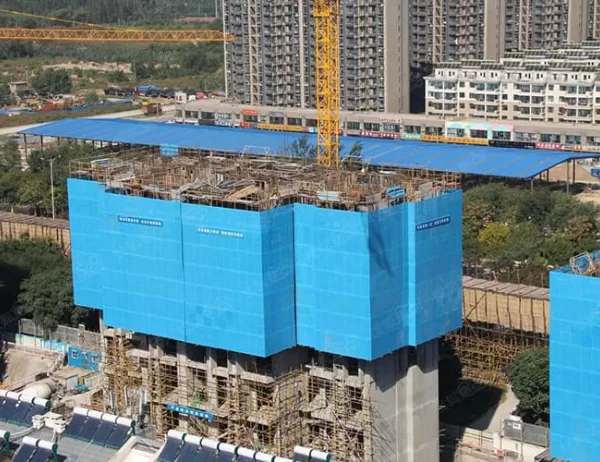The Evolution of 100mm Aluminium Tube Design and Engineering chronicles the remarkable journey of these critical industrial components. From their humble origins to their sophisticated present-day iterations, 100mm aluminium tubes have undergone a transformative evolution, shaping industries and enabling groundbreaking advancements.
Material Properties and Manufacturing Techniques
The early days of 100mm aluminium tube production were characterized by rudimentary manufacturing techniques. Rolled aluminium sheets were used to create cylindrical forms, which were then welded or riveted together. However, advancements in extrusion technology revolutionized the industry. Extrusion allowed for the seamless production of tubes with consistent dimensions and superior structural integrity. The development of alloys with improved strength-to-weight ratios further enhanced the performance of these tubes.
Structural Optimization and Design
As the demand for lighter and more efficient tubes grew, engineers focused on structural optimization. Finite element analysis (FEA) and computational fluid dynamics (CFD) simulations played a crucial role in refining the tube’s design. Advanced computational models enabled engineers to predict and optimize the tube’s load-bearing capacity, fluid flow characteristics, and thermal expansion behavior. The integration of these simulation techniques resulted in tubes that were both lightweight and remarkably strong.
Surface Treatments and Coatings
To enhance the corrosion resistance and aesthetic appeal of 100mm aluminium tubes, a wide range of surface treatments and coatings were developed. Anodizing, powder coating, and electrophoretic deposition (EPD) became increasingly popular. These processes not only improved the tube’s lifespan but also allowed for customization and branding. The combination of surface treatments and advanced engineering techniques created a new generation of tubes that were durable, visually appealing, and highly versatile.
Applications and Impact
The evolution of 100mm aluminium tube design and engineering has had a profound impact on various industries. These tubes are extensively used in aerospace, automotive, construction, and energy sectors. Their lightweight and high strength make them ideal for structural applications in aircraft and vehicles. In construction, they serve as durable and corrosion-resistant building materials. Additionally, the tubes are widely employed in the energy industry for fluid transportation and thermal management systems.
Conclusion
The Evolution of 100mm Aluminium Tube Design and Engineering is a testament to the continuous pursuit of innovation in engineering. Through advancements in material properties, manufacturing techniques, structural optimization, surface treatments, and coatings, these tubes have evolved into indispensable components in countless industries. As technology continues to progress, the future of 100mm aluminium tubes holds endless possibilities for further optimization and novel applications.




